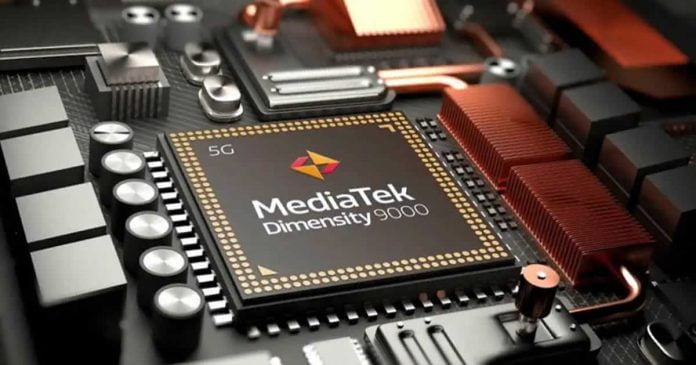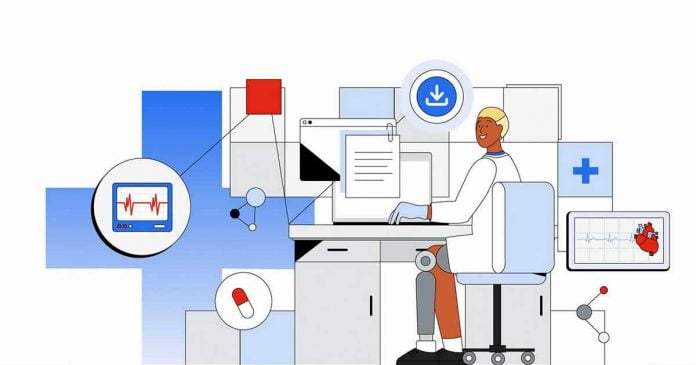Following Meta’s recent announcement about integrating generative AI into its advertising tools, it appears that Google, the internet advertising giant, is also set to embrace this technology in its own advertising business. According to internal documents obtained by CNBC, Google is planning to leverage generative AI to automate ads and enhance various aspects of its advertising ecosystem.
One of Google’s initiatives involves utilizing PaLM 2-powered tools to assist advertisers in generating their own media assets. These tools will offer suggestions for YouTube creators to produce videos, streamlining the content creation process. Additionally, Google is currently testing PaLM 2 for youth content on YouTube, exploring the use of generative AI to create titles and descriptions. Furthermore, the company is experimenting with providing creators with five video ideas based on relevant topics, aiming to boost their creativity and engagement.
According to the leaked materials, Google is also developing a generative AI chat model that can automate service inquiries from advertising customers. This technology has the potential to propose tailored advertising plans to users, improving the overall user experience.
Further details about Google’s plans regarding generative AI in advertising are anticipated to be unveiled on May 23 during the company’s annual online event, Google Marketing Live. It is expected that Google will shed more light on how this technology will be integrated and the specific benefits it will bring to advertisers and content creators.
With Meta’s recent announcement and Google’s imminent adoption of generative AI in advertising, it is clear that this technology is gaining significant traction within the industry. The ability to automate various aspects of ad creation and improve the personalization of advertising plans holds great promise for advertisers and content creators alike. As the world of digital advertising continues to evolve, generative AI is set to play a vital role in enhancing efficiency and effectiveness in the advertising landscape.










